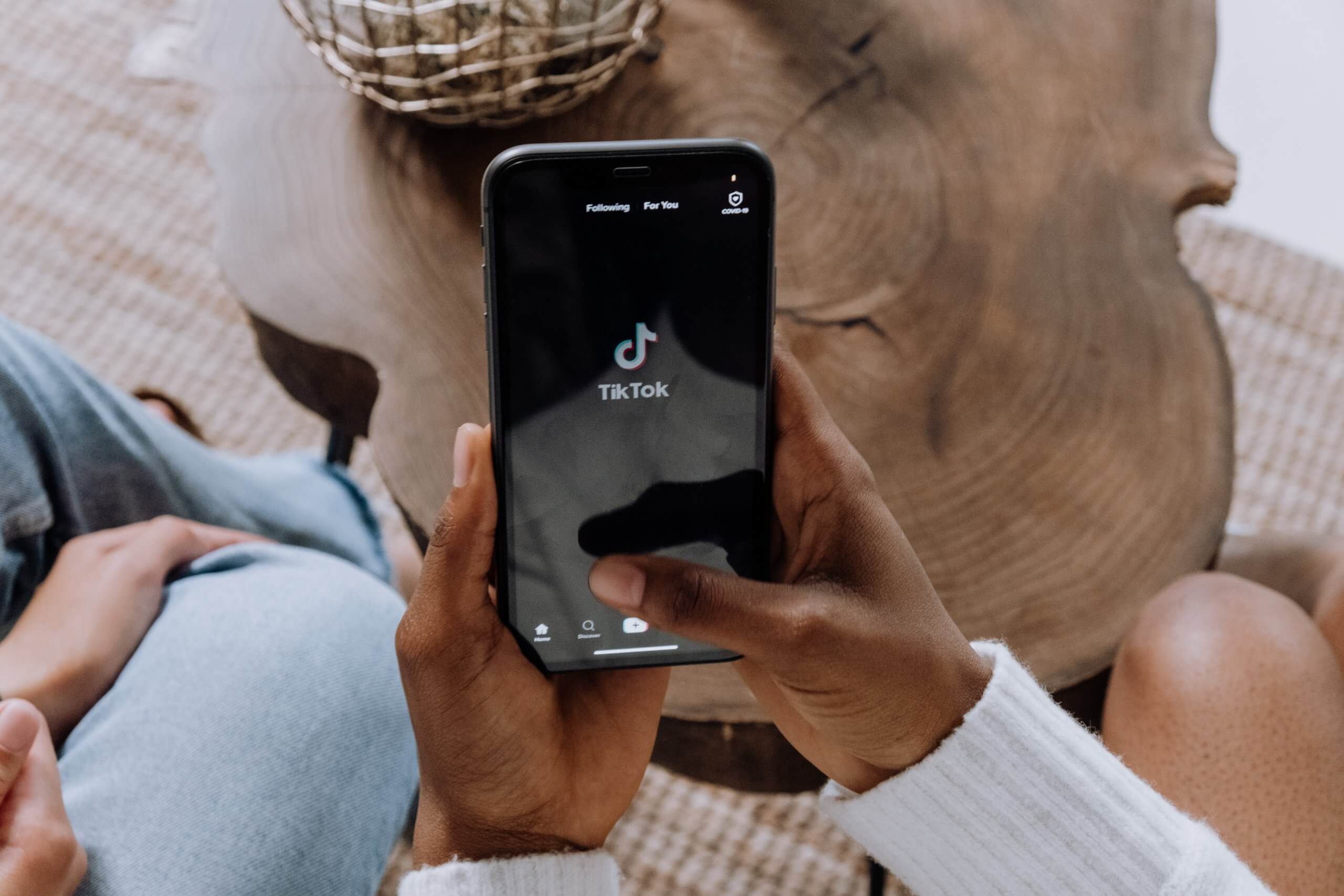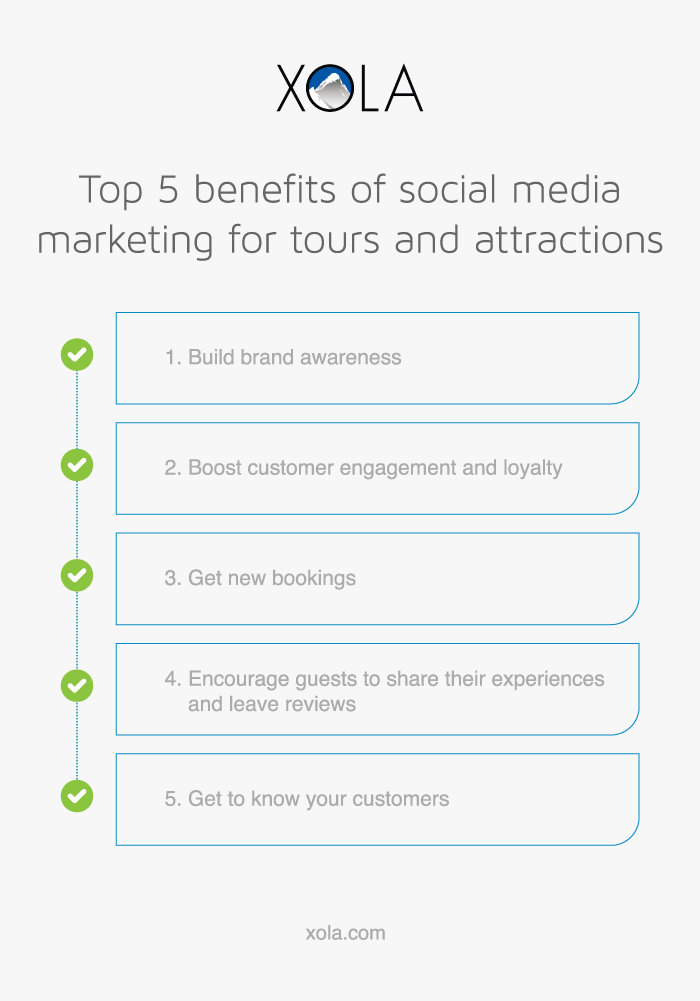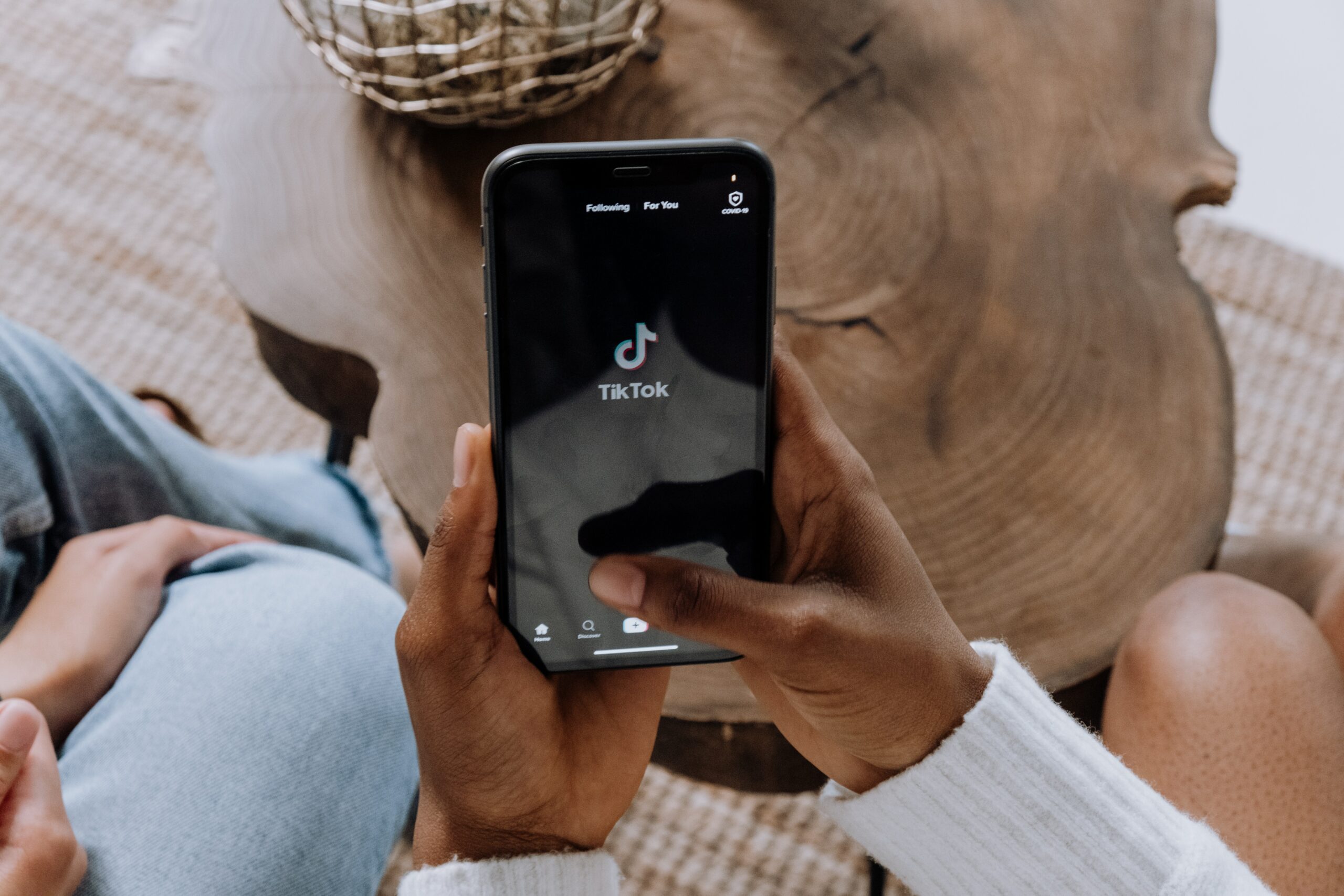
Did you know there are more than 3.96 billion people who actively use social media?
Social media is no longer a nice-to-have. If you want to make sure that your tour or activity business remains relevant, then you need to have a presence on at least a few social media channels.
These platforms provide an opportunity to get the word out about your business and build a relationship with your ideal guests.
Not to mention, most tours and attractions have an advantage when it comes to social media marketing. Most guests turn to social media for ideas and inspiration for things to do in the places they visit.
For example, most tourists are browsing Instagram at their hotel. If they see an Instagram post about a nearby whitewater rafting excursion or zipline tour, they might book on the spot.
With so many social media platforms available and only so much time in a day, it can feel overwhelming to know where and how to get started on social media.
In this post, we’re sharing an introductory guide to help you build your social media strategy, including:
- What Is Social Media Marketing?
- 5 Top Benefits Of Social Media Marketing For Tour And Travel Businesses
- What Platforms Should You Be On?
- How to Track Your Social Media Marketing Strategy
What Is Social Media Marketing?
Successful social media marketing involves connecting and engaging with your target audience where they already hang out. This keeps your brand top of mind and can help establish trust and credibility.
The actual process involves creating, publishing, promoting, and managing tailored content that appeals to your customers across the social media channels they use. Posting information consistently helps your ideal customers get to know your company and brand and build a relationship.
5 Top Benefits Of Social Media Marketing For Tour And Travel Businesses

Social media makes it easier for tour and travel businesses to find and form a relationship with their target audience. Here are five main benefits of social media marketing for your tour or travel business.
1. Build brand awareness
Increasing your brand awareness is crucial to growing your business. You have a greater chance to sell your services when more people know about your company. Being active on social media allows potential and existing customers to find and connect with your company.
In fact, 57% of consumers follow a brand or company to learn about new products and services. These social platforms also make it easy for followers to share content with their friends and family, which helps increase your brand’s reach. This type of word-of-mouth marketing also translates into increased sales, with 74% of consumers reporting word-of-mouth information influences their purchasing decisions.
2. Boost customer engagement and loyalty
Social media marketing isn’t just about posting about your experiences. You need to create content that interests your audience and gets them talking or sharing your information. These interactions and two-way communications with your existing and potential customers build trust and brand loyalty.
Building engagement and loyalty makes existing customers more likely to use your services again in the future and to tell others about your company. In fact, 60% of consumers of customers tell family and friends about brands they are loyal to. When developing content that engages your audience, be sure you respond. Otherwise, you risk losing the trust you built.
3. Get new bookings
While your social media content often doesn’t focus on asking for a sale or booking, these interactions help increase the chance of making a sale. Consumers tend to spend 20 to 40% more on brands they have interacted with on social media.
Social media can be the first step towards people making a purchase, especially for small businesses. It can provide a place for people to learn about your tours or services. You can share the story of your tours and destinations to increase their interest and get them ready to buy – including gift cards.
4. Encourage guests to share their experiences and leave reviews
Recommendations and testimonials of services are powerful marketing tools. About 72% of consumers report that positive reviews and testimonials increase their trust in a business.
Social media makes it easy for your business to share guest content, photos, and reviews, User-generated content (UGC) will increase your reach and the likelihood of other potential customers booking a tour or service from you.
5. Get to know your audience
As your social media grows, more visitors and customers will comment on your posts or message you directly. These types of interactions provide you with valuable information about what your target audience wants from your company.
This information can help you focus your content to help address their questions and increase their interest and likelihood to make future purchases. Solving problems and providing the information people are asking about also helps build their trust in your business.
What Platforms Should You Be On?
The amount of social media platforms available can feel overwhelming when you’re first establishing your social media presence.
Fortunately, you don’t need to be on every social media platform to build a successful social media marketing strategy.
In fact, new tour businesses should focus on one to two platforms only, so you can build a strong connection and presence with your audience.
Trying to build up too many platforms at once can leave you feeling overwhelmed and cause you to post inconsistently. Posting inconsistently can hurt your business and make it harder to build a relationship with your target audience.
Focusing on one to two platforms also helps you make social media marketing a habit. You can always add in other social media channels later once you’ve built up a collection of material to share.
Here are some questions to consider when it comes to choosing which social media apps you are on:
- Who is your audience? – Understanding your ideal customer helps you figure out which types of social media platforms to consider and the type of content they like.
- What are your social media goals? – Social media can help you increase your brand awareness, increase engagement with your company, or use it to drive traffic to your website. Understanding your goals will help you determine the best types of platforms and content you want to create.
- Where does your ideal customer already hang out? – Now that you know who you’re trying to attract and why you can investigate what social media channels they already use. It will be easier to build and attract your ideal customers if you use the platforms they like.
When selecting the platform for your social media marketing, keep in mind the strengths and purpose of that platform. The following are some of the most commonly used social media platforms for tour and travel businesses, along with their different characteristics, so you can find the ones your target audience uses.
With about 1.84 billion active daily users, Facebook is one of the most popular social media platforms available and can be a great choice for a tour or travel business.
Many tourism businesses rely on Facebook to increase customer engagement, provide customer service, and build brand awareness using their business’ page, groups, stories, and via live streaming.
The nature of Facebook also makes it easy for followers to share information with friends and family and leave reviews and recommendations on your page.
For example, Facebook stories and livestreaming can provide a unique way for tour and activity operators to feature their experiences. You can show customers enjoying the activities or provide behind-the-scenes insights, which attract attention and increase interest and engagement.
In addition to building connections, your Facebook business page can lead to more sales. Visitors can quickly learn about your services and business on your Facebook business page. They can see your business information, read reviews, and look through photos and videos of your services. If they are interested in buying a service, they can easily contact you or book in the moment.
Related: A Comprehensive Guide to Facebook Ads
Owned by Facebook, Instagram is another popular social media channel, especially for travelers. A recent study indicates that 70% of travel enthusiasts share their travel plans on Instagram. 67% use Instagram to find travel inspiration, and 61% use the platform to find things to do while traveling.
The visual storytelling element of Instagram can help you reach your target audience, build your brand awareness, and increase sales.
You can also use Instagram to build your business’s social proof.
For example, you can use Instagram Stories to share guest testimonials, which can help build trust and interest with your potential customers. You also can add a clickable link to your Instagram Stories that can take interested visitors to a website page to learn more about the featured service.
Instagram’s Book Now buttons can also help tour and travel businesses sell directly to potential customers through Instagram. This approach can help increase sales as people can book services and packages at the moment when they are most interested in your offers.
TikTok

On TikTok, users create short videos with filters, music, and other features that they can share.
TikTok’s audience skews younger audiences. About 50% of this platform’s global audience is under 35, and people in their twenties are the second largest user group on TikTok, accounting for 29.5% of users.
The fun and visual nature of the platform can work well, especially if your tours and services appeal to younger audiences. If you decide to use this platform, keep in mind that content typically is fun, brief, and personality-driven to capture your target audience’s attention.
Pro Tip: If you use TikTok, you’ll want to incorporate hashtags with your videos to to increase the chance of showing up on the For You page (i.e. main feed) and reaching your target audience.
YouTube
YouTube is the 2nd largest search engine in the world behind Google. Plus, with more than 2 billion worldwide users, it’s a great platform for travel and tour businesses who want to market with video.
YouTube videos can provide a way to quickly engage your target audience and show them your services in action. This approach can increase interest, engagement, and sales.
In fact, Wyzowl found that 84% of consumers surveyed decided to buy a service or product by watching a brand’s video.
For tour and travel businesses, you can use videos to help educate your ideal audience, market your brand, and increase their interest in going on one of your tours or experiences.
For example, you can create short videos of your newest experience or have tour guides providing short behind-the-scenes information. Potential customers can get to know your brand and guides through the videos and see customers enjoying your packages and tours.
Depending on your budget, you can use YouTube’s paid ads to help increase leads, raise your brand awareness, and get more traffic to your website, which can help increase sales.
Other channels to consider
There are dozens of other social media platforms available.
As you continue to grow your social media presence and learn the types of platforms your audience uses, you may want to consider other social media platforms.
Some other channels to consider – depending on your audience and overall marketing strategy include:
- Clubhouse
How to Track Your Social Media Marketing Strategy
Just like any marketing campaign, you should establish key KPIs or metrics at the start.
Metrics help you determine how successful your marketing strategy is and whether you need to make changes.
The metrics you choose should tie back to your overall sales, marketing, and/or general business goals.
Here are some social media marketing metrics you might want to track.
- Traffic – how much traffic are you getting from social media channels?
- Conversion Rate – What percentage of social media traffic ends up booking a tour or experience?
- Sales – What percentage of sales comes directly or indirectly from social media?
- Social Shares – What percentage of your posts are getting shared by others?
- Post Likes and Comments – This is self-explanatory.
- Post Click-through-Rate (CTR) – When you share a link on social media, what percentage of folks click it?
In sum, a solid social media marketing strategy can help you promote your tour or travel business if you are connecting on the right platform with the right audience.
With so many people using social media daily, it can help you generate leads, build brand awareness, increase sales, and more. You’ll want to identify your ideal customers and determine what social media they already use. You’ll then need to consistently create content that gets them interacting and engaging with your business.



